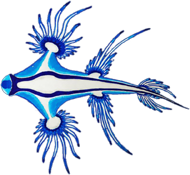The first to set foot on the island were sailors from the Netherlands in 1598. But only 40 years later a delegation of the Netherlands went to Mauritius to see which natural resources the island had. After they introduced sugar cane and game they left the island again. After that the French came and called the island “Ile de France”. The first settlers came around 1721 but had to fight against the poor conditions in form of bad weather, hunger, insects and rats. Nevertheless they built the first sugar plantations and imported slaves from Africa to work for them. After the capitulation of France the island was taken over by the British who used it mainly for sugar production. After the end of slavery Indian "indented" (forced) laborers of the lower casts took over the work of the slaves on the sugar plantations. Officially they weren't slaves but only got little money for their work and could be discharged any time. Over 450.000 Indians came to Mauritius and stayed. Therefore the population consists of 2/3 descendants of Indians and the main part of the rest are Creole people, descendants of the former slaves from Africa and Madagascar. Like in Rodrigues the formal language is English, but in their daily life most of the people speak French or rather more than 80% speak “Morisyen”, a Creole Language based on French. Since 1968 Mauritius is independent and joined the Commonwealth.
We noticed that the different groups of people don't mix, which means Indians stay together with Indians, Creole people with Creoles, and people with European origin usually stay together with other Europeans. You rarely see mixed couples or groups. This probably has to do with a different culture, tradition and the way of life.
If you want to know more about the history of Mauritius and the sugar plantations as well as Rum, you should visit the old sugar factory Beau Plan in Pampelousse (L'Aventure du Sucre). It is a wonderful museum where you can learn everything about slavery, forced laborers, sugar cane as well as the making of sugar and Rum. In the end you can even taste the very different kinds of sugar and Rum they produce on the island.
Along the coast you will find one resort next to the other. Only a few places are still undeveloped. At least the beaches are usually public. If you want to learn kite surfing, this is the place to start. You can take beginner courses everywhere. We were especially happy and surprised about the supermarkets. You can get anything a traveler from Europe or America could want. For the first time since we left Asia we found a huge assortment of cheese, dairy products, as well as lots of organic/bio products. Almost like shopping at home in Austria. The prices are still a bit lower than at home but not much anymore.
The main capital Port Louis has a huge, colorful vegetable and fruit market as well as lots of old buildings and the newly renovated port area. They even have a small marina where you can leave the boat if you want to explore the city and go shopping. You have access to electricity as well as water and shower possibilities. But one has to be careful not to get stuck on some rocks or sand banks within the port and marina area, like it happened to some other sailing yachts. We decided not to use the marine and instead enjoyed our time in at shallow anchorages/bays on the west side of the island, where you can sail up and down with only small waves but lots of wind.


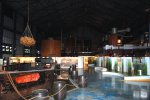
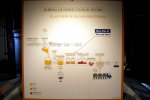
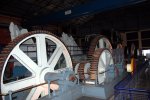
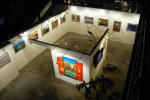
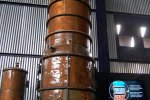
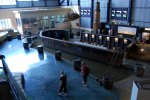
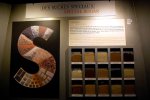
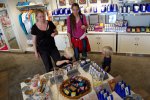
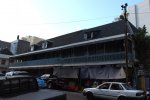


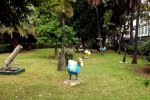
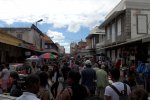

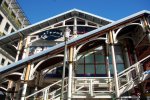
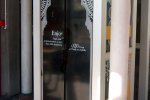

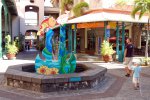

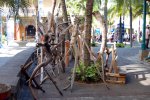
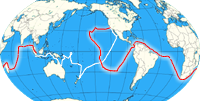 >>planned route - join us ...
>>planned route - join us ...